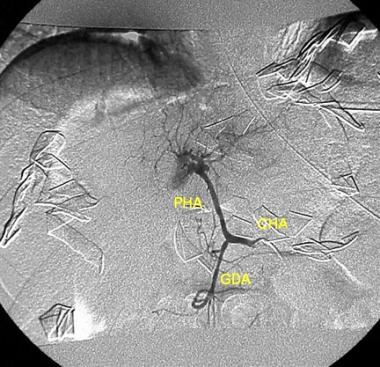Embolization is a procedure that blocks the flow of blood through a blood vessel. To do this, the procedure deploys an embolic device into the vessel, commonly a small metal coil, latex balloon, or a liquid or solid chemical agent.
Embolization is well known for controlling postpartum hemorrhage (bleeding after childbirth) but also treats a spectrum of conditions, such as severe internal bleeding, liver cancer, and vascular malformations.
In some situations, embolization offers advantages over traditional surgery. In many cases, it can control bleeding more easily than traditional surgery. Also, it is typically less invasive, an important factor when open surgery is risky or inappropriate for a particular patient. Embolization can also be used in conjunction with surgery to reduce blood loss.
WHEN IS THE PROCEDURE Required?
Embolization is indicated in a variety of situations, including:
1) Cerebral aneurysm
2) Trauma
3) Bleeding in the liver
4) Upper gastrointestinal tract hemorrhage
5) Postpartum hemorrhage
6) Vascular malformations
7) Uterine fibroids
8) Liver cancer
9) Varicoceles, distended veins in the scrotum
Embolization is useful in a broad spectrum of clinical situations. Embolization can be particularly effective in hemorrhage, regardless of whether the etiology is trauma, tumor, epistaxis, postoperative hemorrhage, or GI hemorrhage (see the images below). It can be performed anywhere in the body that a catheter can be placed, including the intracranial vasculature, head, and neck, thorax, abdomen, pelvis, and extremities. With the availability of coaxial microcatheters, super-selective embolizations can be performed. In most patients, embolization for hemorrhage is preferable to surgical alternatives.
The doctors will use one of these treatments to stop the bleeding as quickly as possible:
For bleeding at or near the skin:
1) Surgery
2) Apply pressure on the wound
For bleeding deep inside the body:
1) Surgery
2) Minimally Invasive, Image-guided Procedure (MIIP) called an embolization
Bleeding from a vein often stops on its own or by putting pressure on the wound. It is less common for accident victims to need surgery or embolization for bleeding veins.

